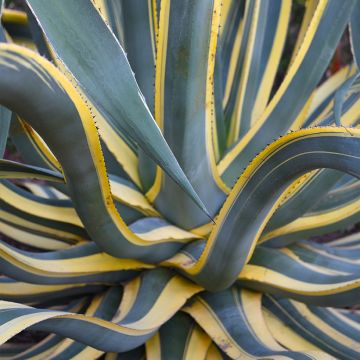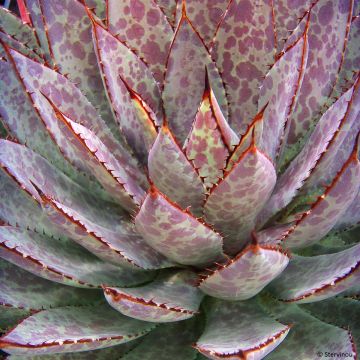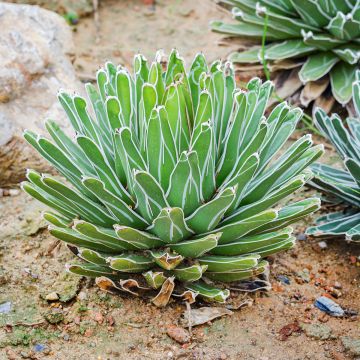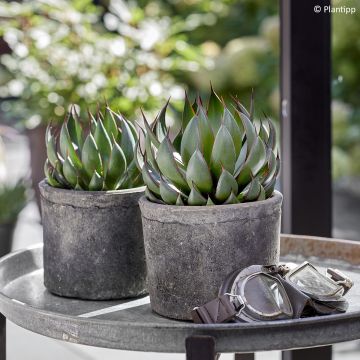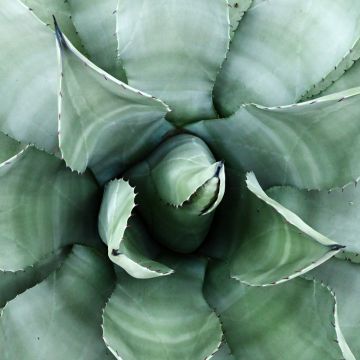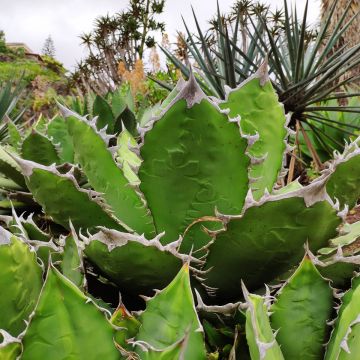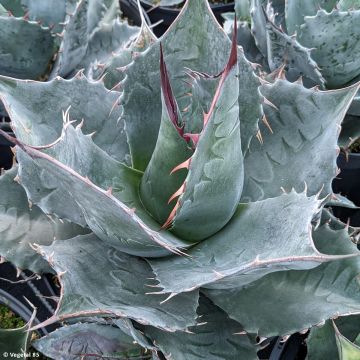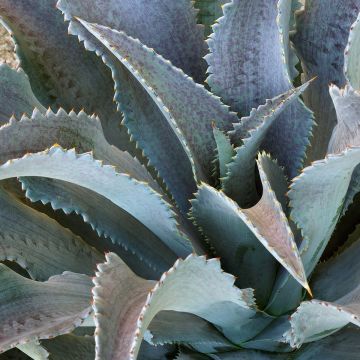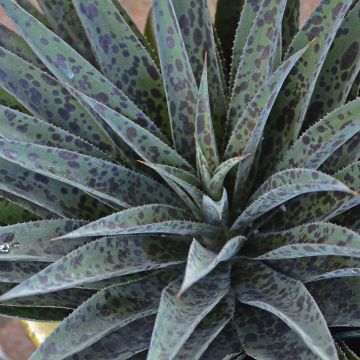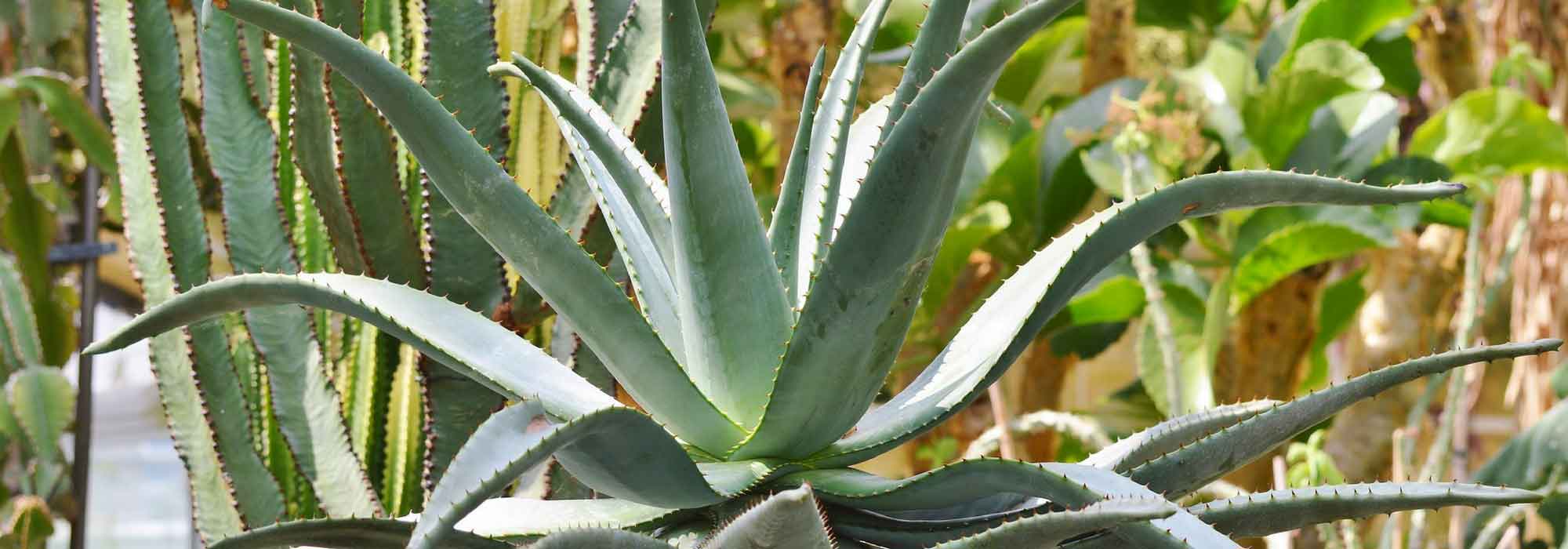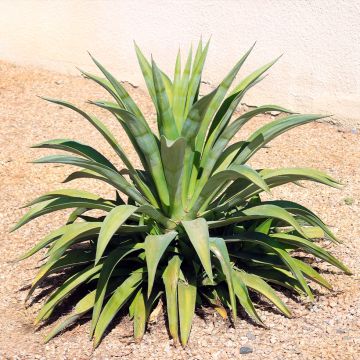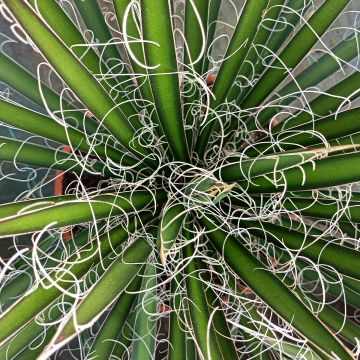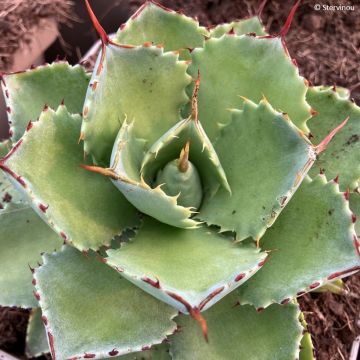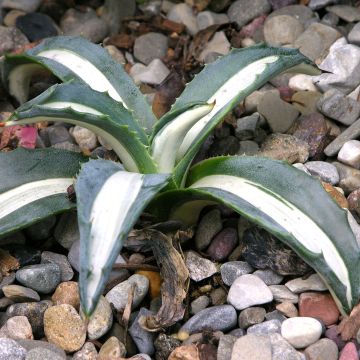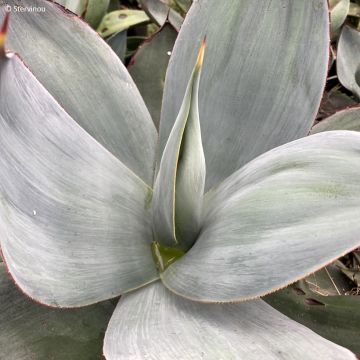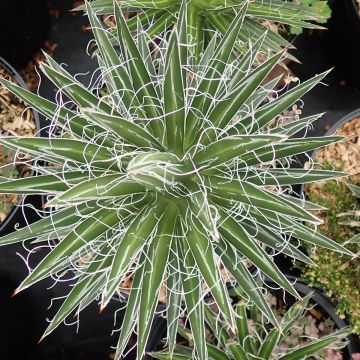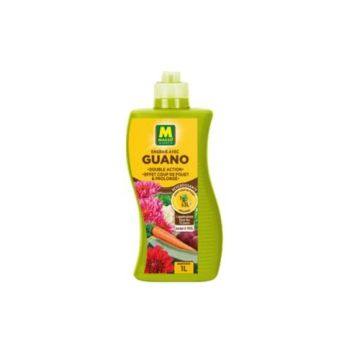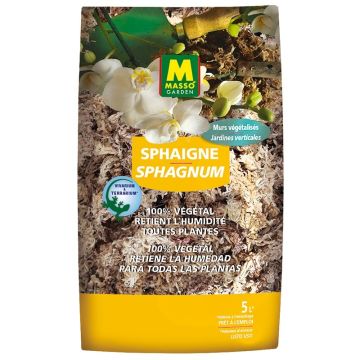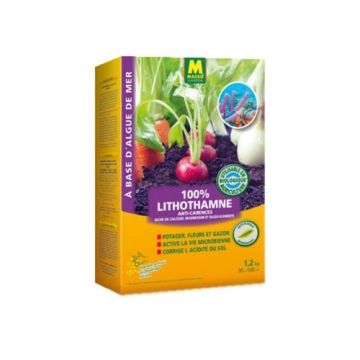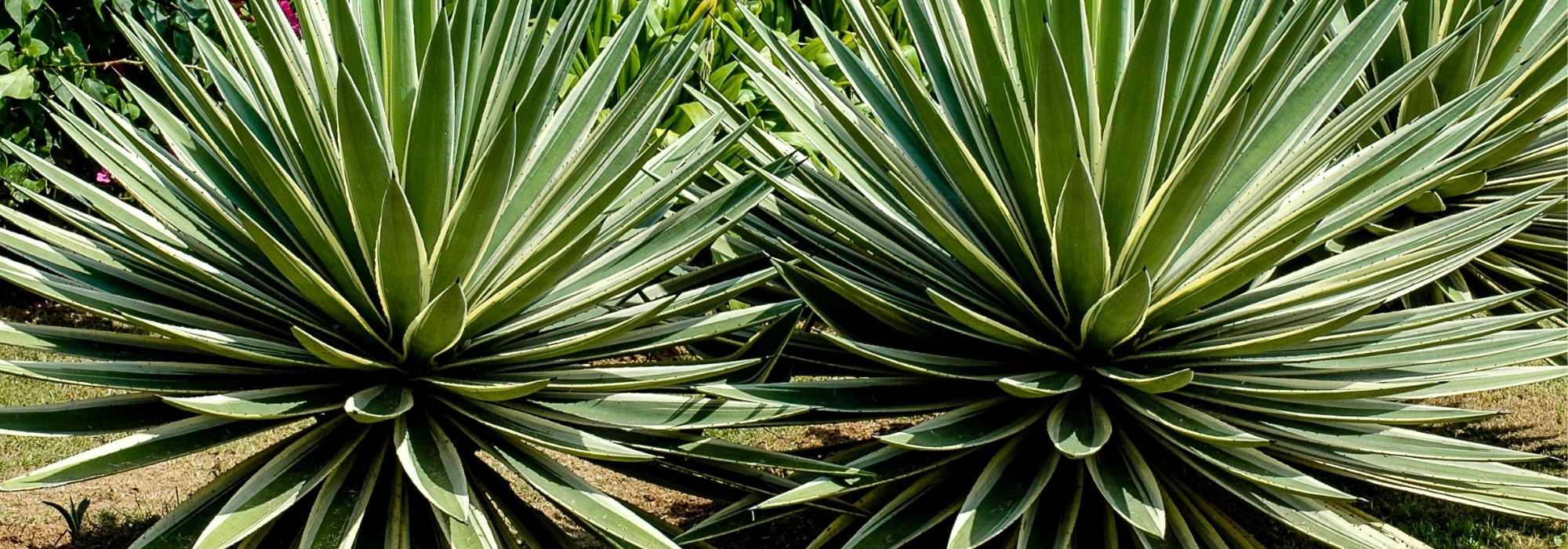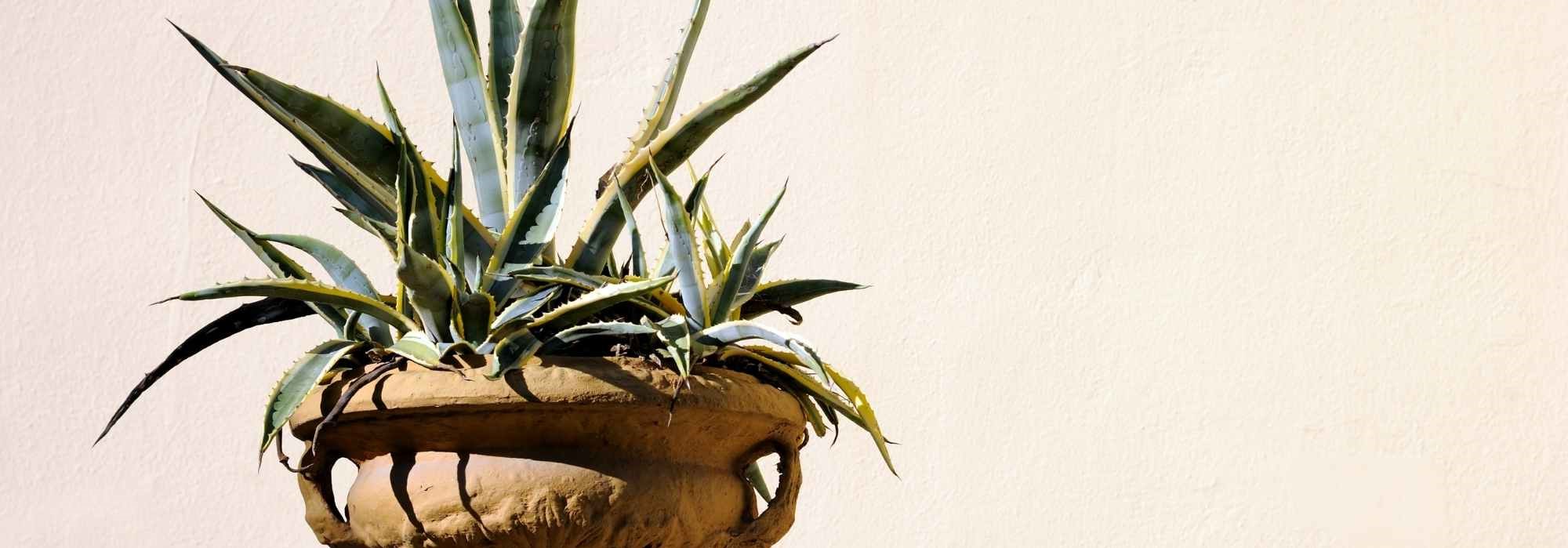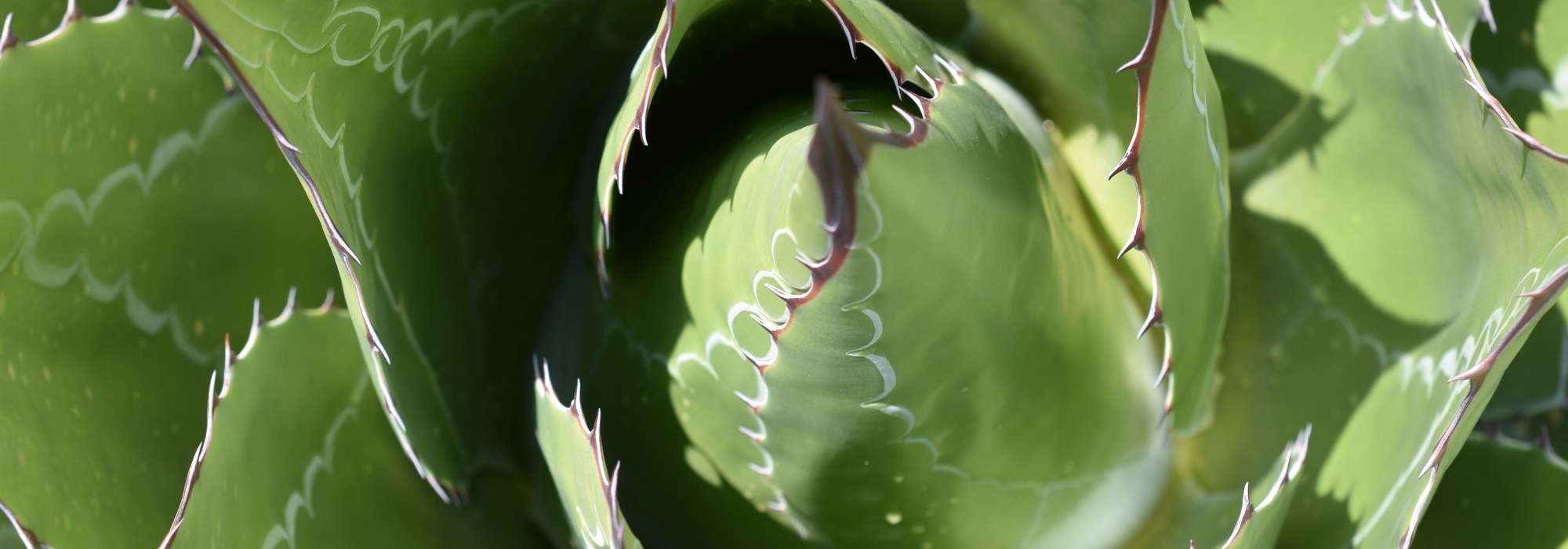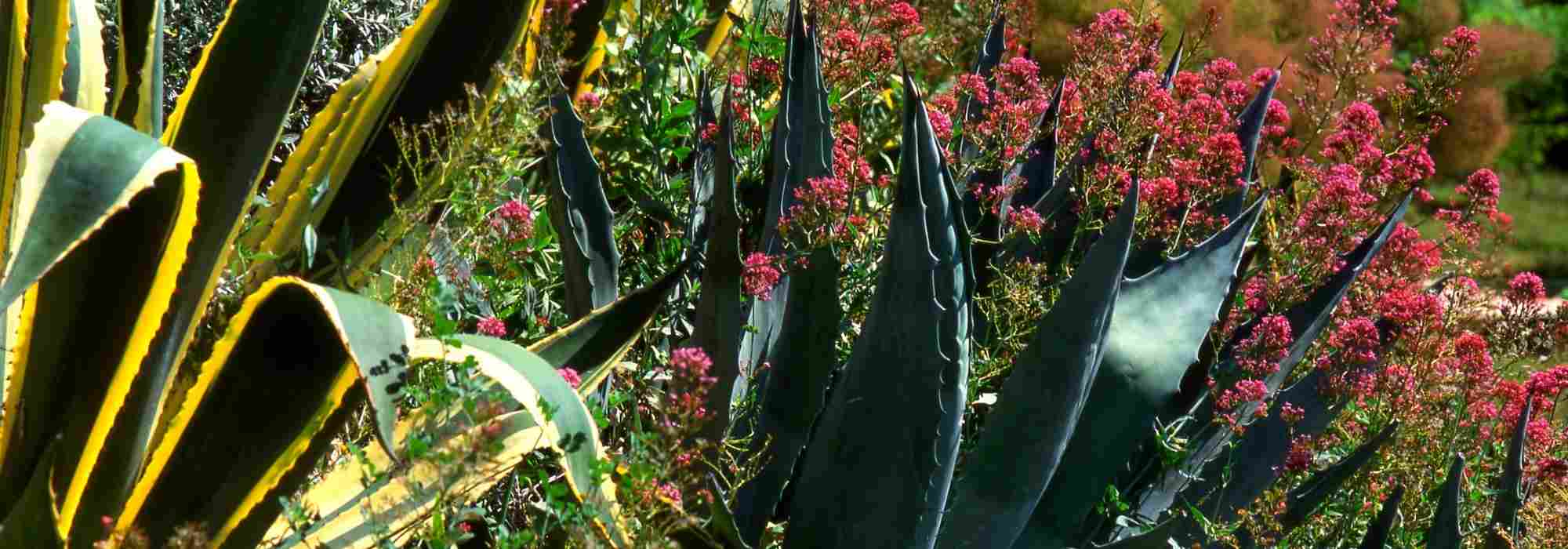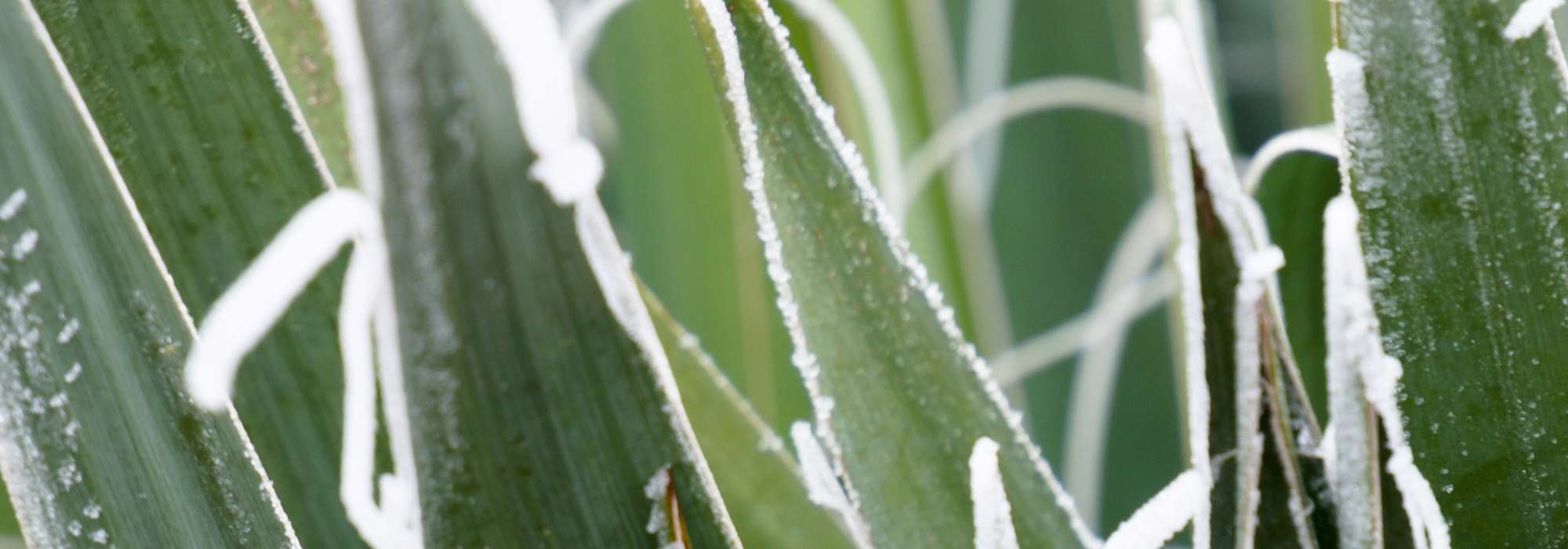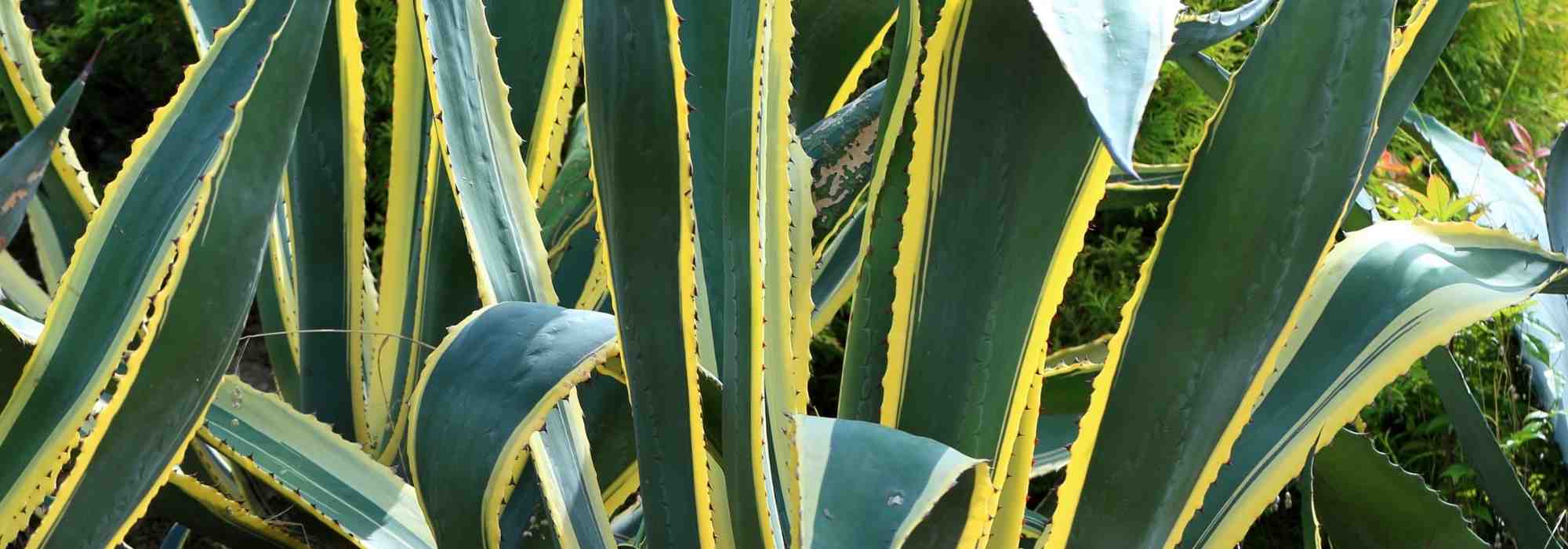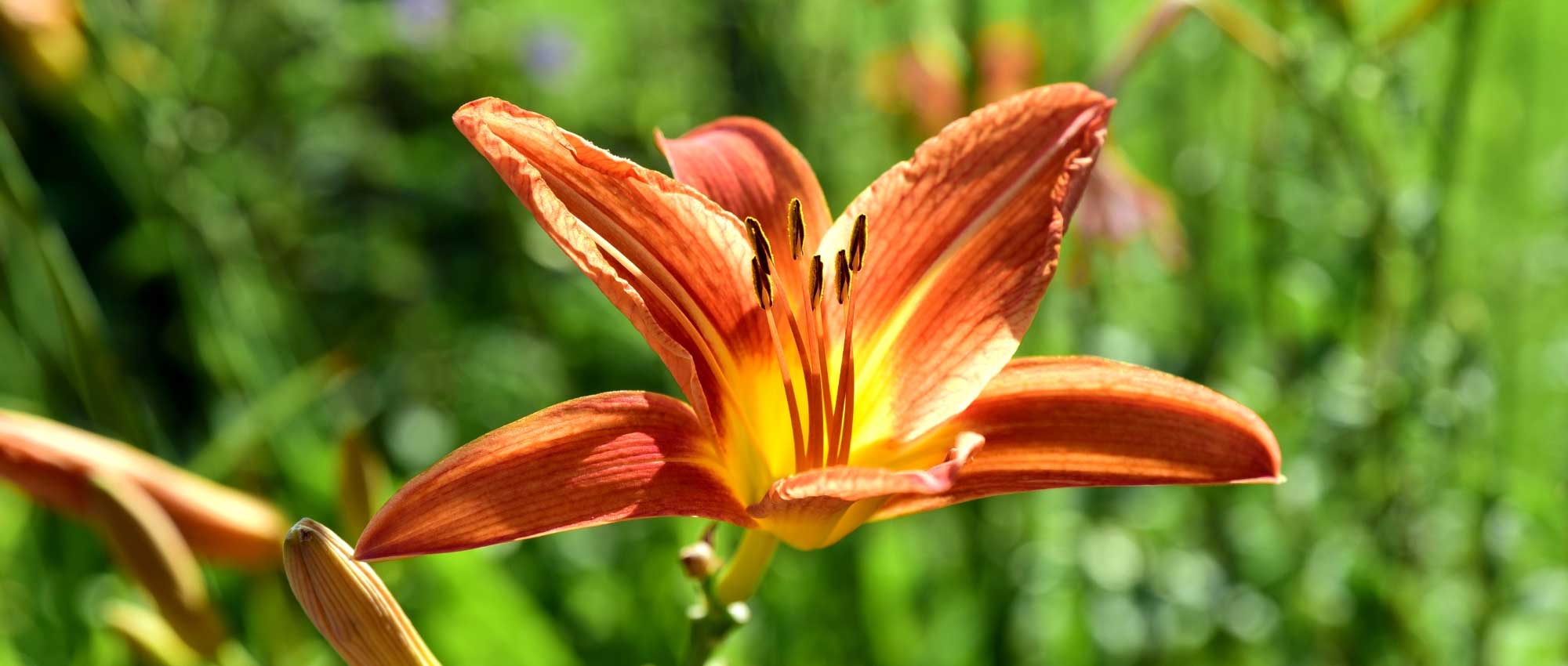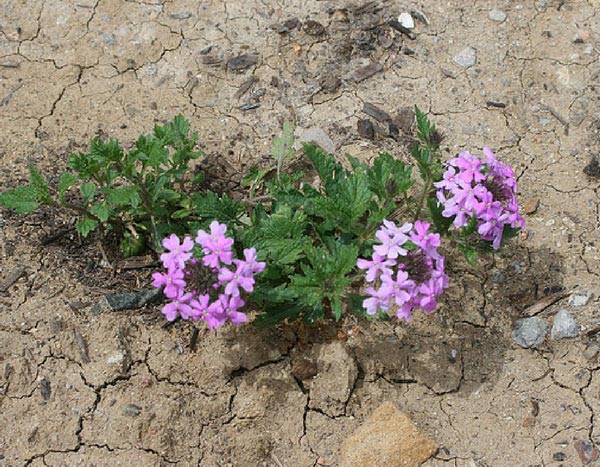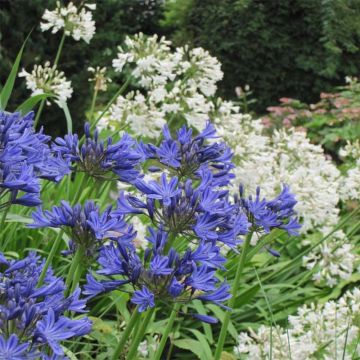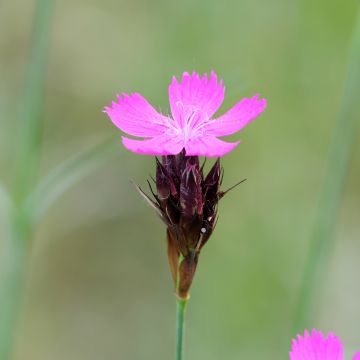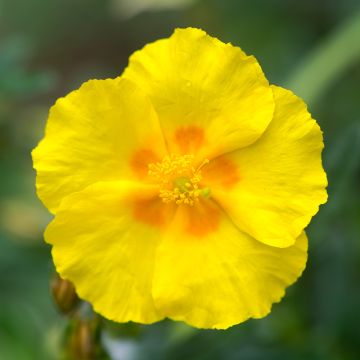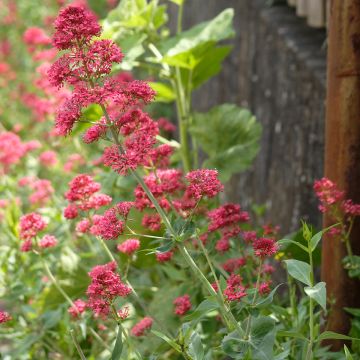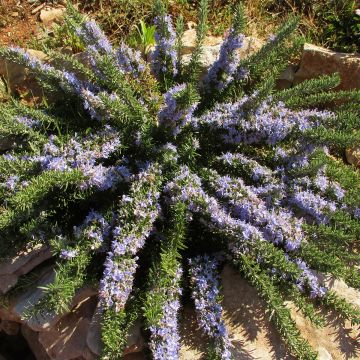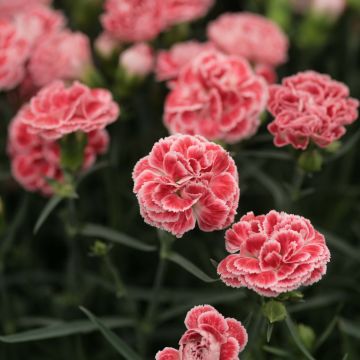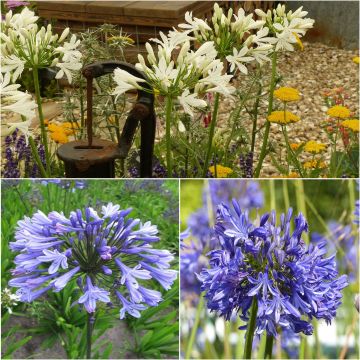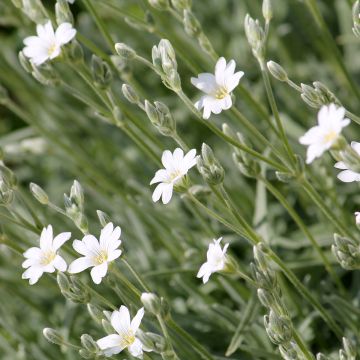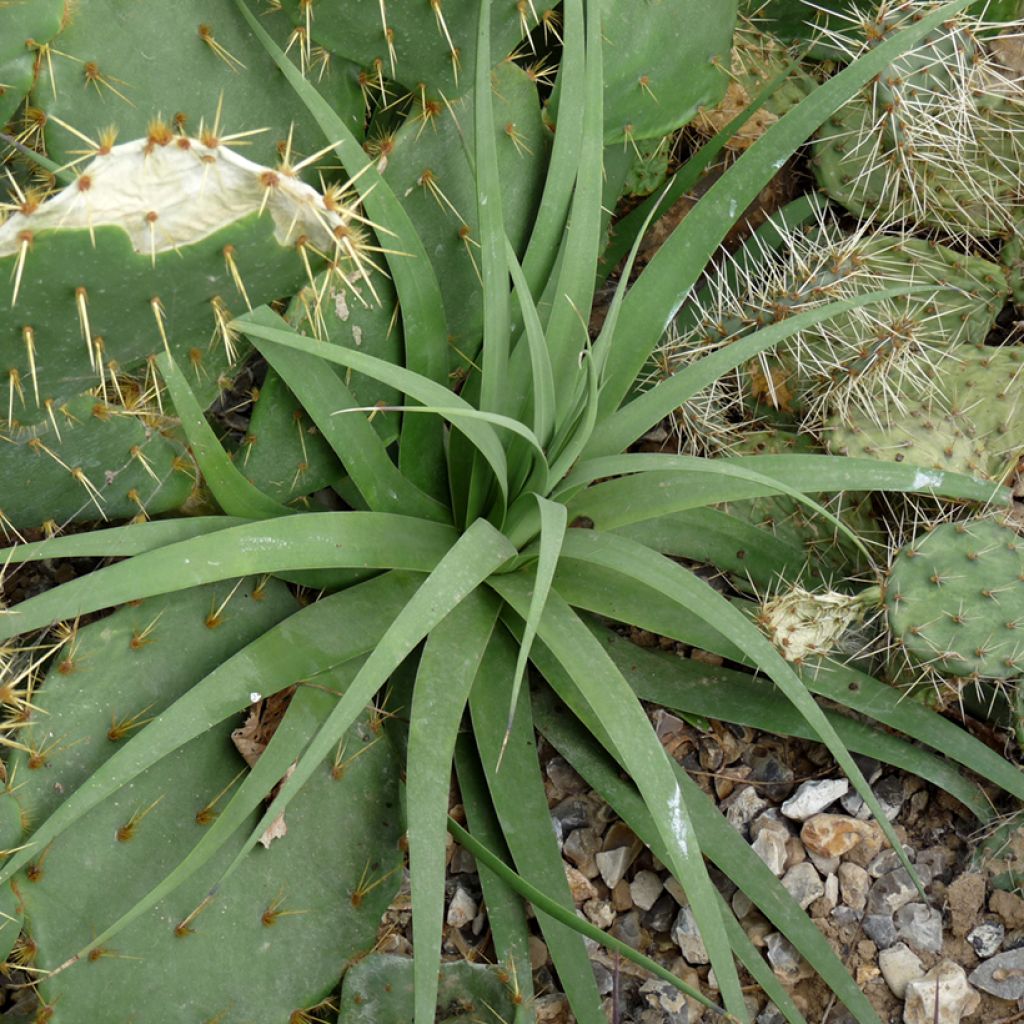

Agave bracteosa
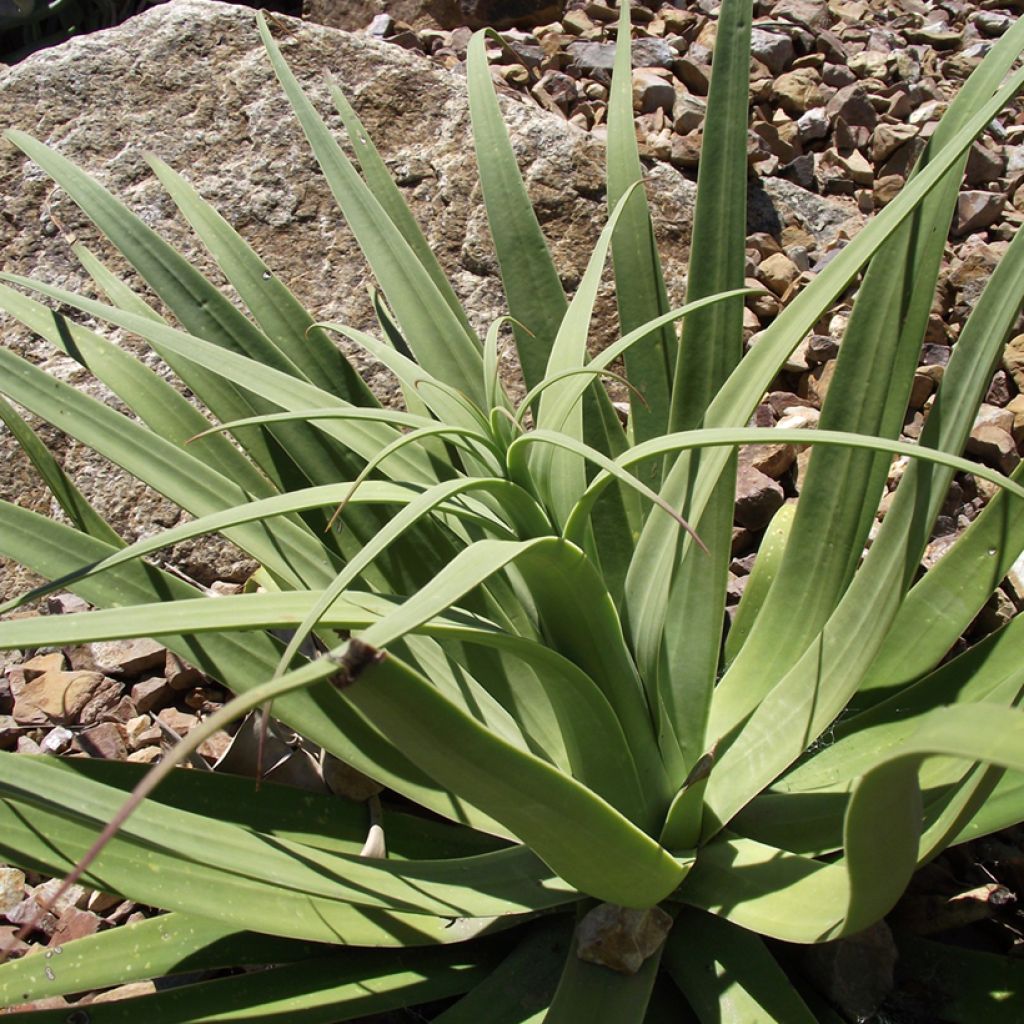

Agave bracteosa
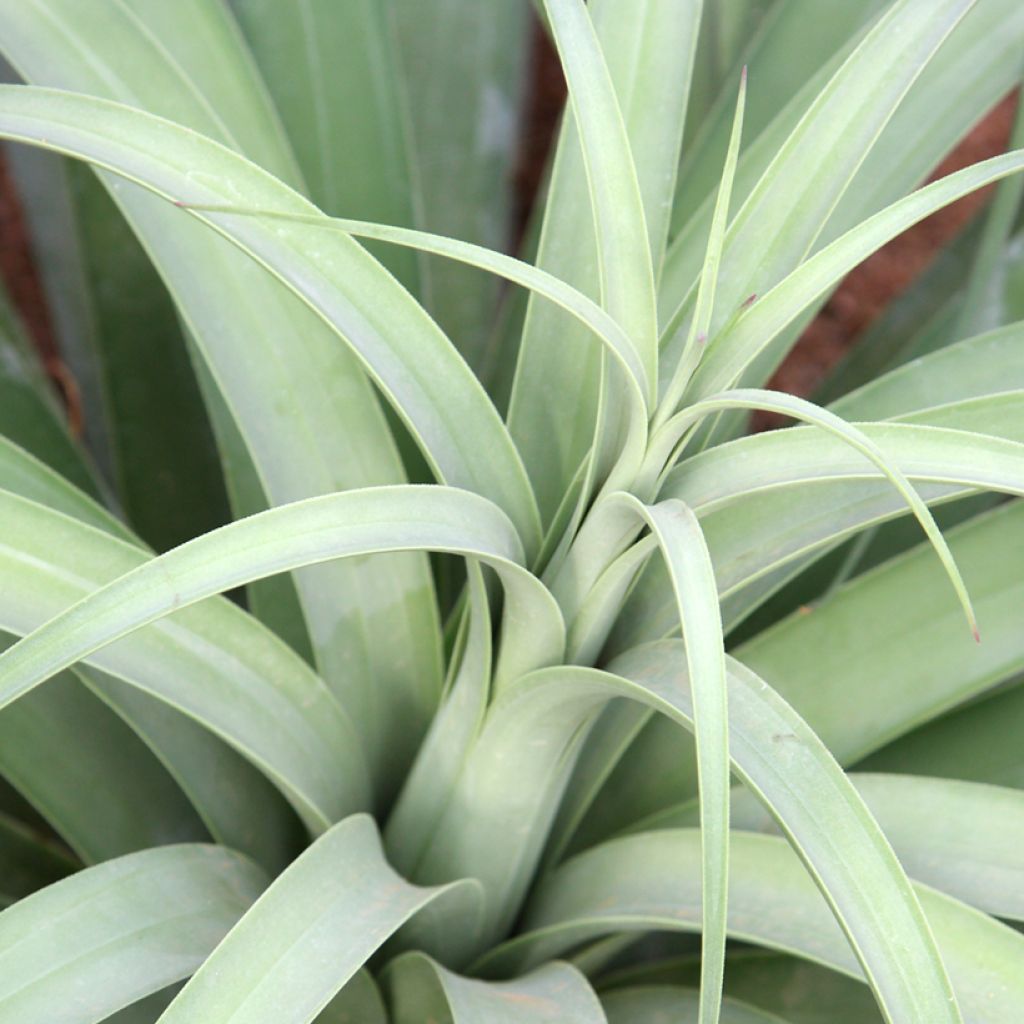

Agave bracteosa
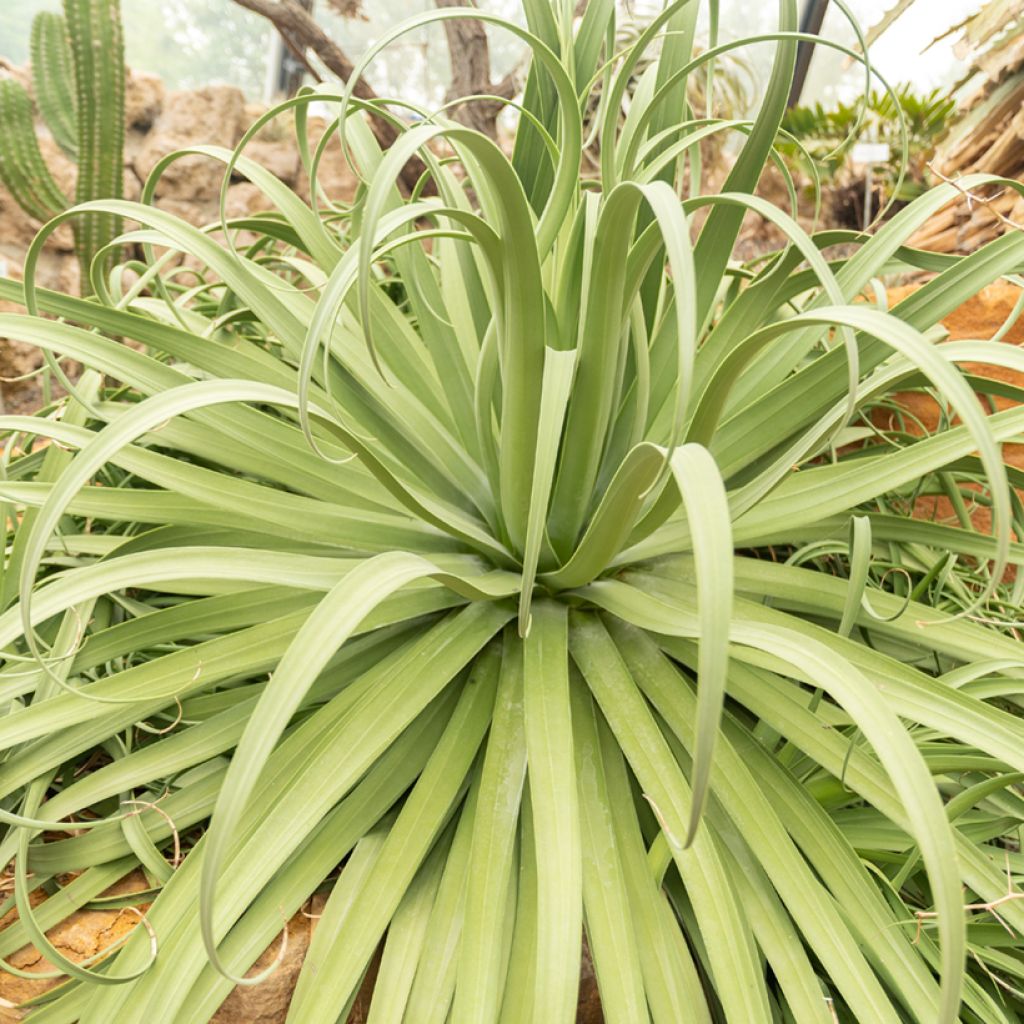

Agave bracteosa
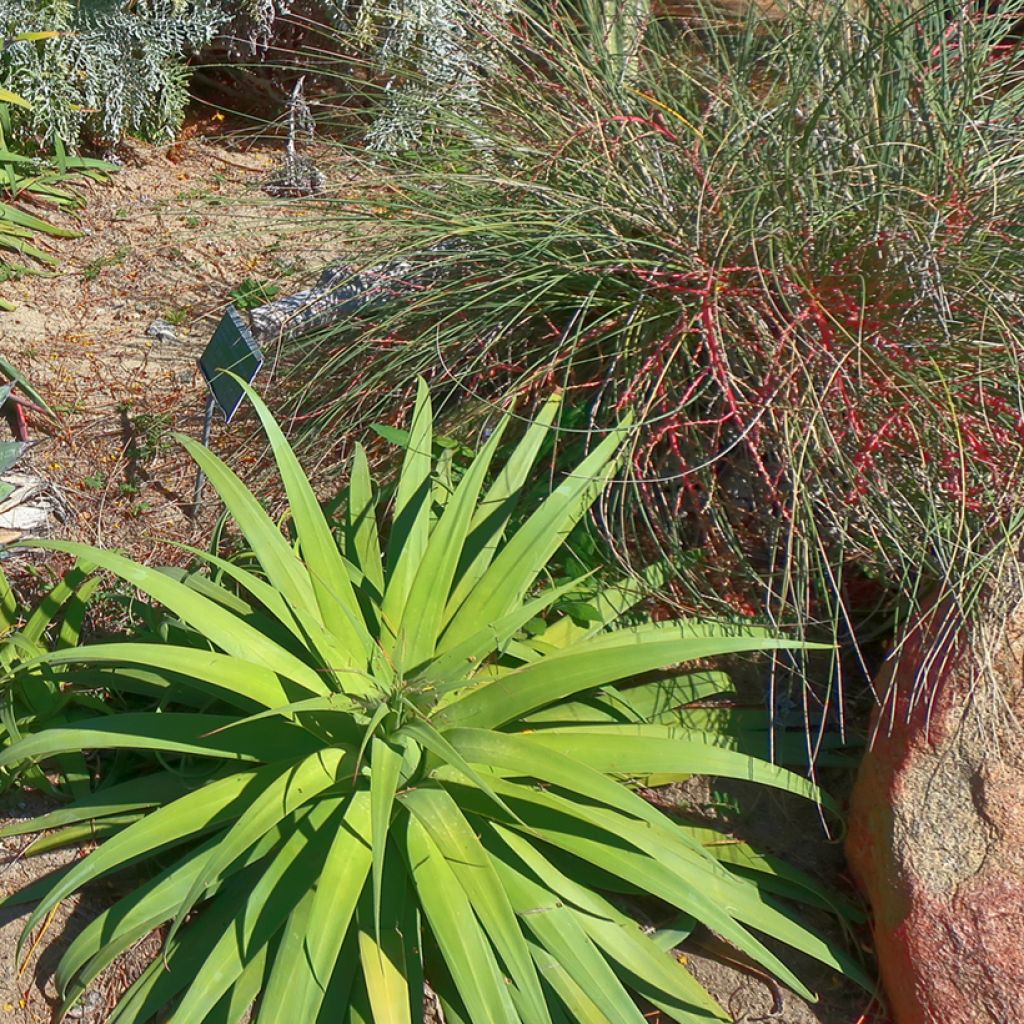

Agave bracteosa
Agave bracteosa
Agave bracteosa
Spider Agave, Squid Agave
Special offer!
Receive a €20 voucher for any order over €90 (excluding delivery costs, credit notes, and plastic-free options)!
1- Add your favorite plants to your cart.
2- Once you have reached €90, confirm your order (you can even choose the delivery date!).
3- As soon as your order is shipped, you will receive an email containing your voucher code, valid for 3 months (90 days).
Your voucher is unique and can only be used once, for any order with a minimum value of €20, excluding delivery costs.
Can be combined with other current offers, non-divisible and non-refundable.
In stock substitutable products for Agave bracteosa
View All →This plant benefits a 12 months rooting warranty
More information
We guarantee the quality of our plants for a full growing cycle, and will replace at our expense any plant that fails to recover under normal climatic and planting conditions.
Does this plant fit my garden?
Set up your Plantfit profile →
Description of Agave bracteosa
Agave bracteosa is a botanical species which is extremely interesting both for its aesthetics and its hardiness. Nicknamed the Octopus Agave due to its flexible leaves whose tips curl gracefully, it forms a dense and compact clump. The foliage is devoid of thorns. This Agave rarely flowers, but when it does, what a spectacle! Its flower spikes rise to head height, displaying a multitude of small, slightly yellowish-white flowers. Hardy down to -10°C, or even more, it can be grown in the ground well beyond the Mediterranean region.
The Agave genus now belongs to the Asparagaceae family. There are several hundred species of Agaves, native to the American continent, with leaves arranged in rosettes, ranging from dwarf species about ten centimetres in diameter to giants reaching 3 metres. The rosette most often develops at ground level, but some species form a short trunk.
Agave bracteosa is native to northeastern Mexico, from the state of Nuevo Leon, located between the Sierra Madre Oriental and the sea. This fragile-looking succulent plant actually withstands cold very well. In well-drained soil and sunny exposure, it can endure -10 to -12°C. Its overall appearance is more reminiscent of an Aloe than an Agave, especially since its leaves are not prickly at their tips. The leaf lamina is triangular, with a matte, slightly rough surface of a fairly light green and finely serrated edges. The flexible to semi-rigid leaves are arranged in a rosette, overlapping each other. Their tips taper very long and bend towards the ground, curling gracefully. It resembles a large spider or an octopus with flexible tentacles. The plant does not form a trunk, but the central part of the rosette rises slightly over time, somewhat like a pineapple tuft. With moderate growth (slower if grown in a pot), Spider Agave reaches 60 to 70 cm in diameter, for 50 to 60 cm in height, with individual leaves generally not exceeding 40 cm. It forms a dense, very decorative clump, which gradually expands through the formation of offsets around the initial rosette.
Its exceptionally beautiful flowering is rare in our climates. In summer, a flower spike quickly rises to a height of 1.50 to 1.80 m, well above the rosette. The upper half of the flower spike is adorned with hundreds of small flowers of a creamy white to yellow colour. The tightly packed flowers, which are only 2 to 2.5 cm long, display a profusion of stamens and much longer pistils, which overall form a continuous sleeve about a dozen centimetres in diameter. This truly spectacular flowering marks the death of the rosette... which perpetuates itself through the formation of offsets at its base.
Agave bracteosa is an excellent choice for creating an exotic rock garden outside the Mediterranean region. It's true that other Agaves show even better frost resistance, such as Agave montana or Agave havardiana, which will also be excellent companions, but Agave bracteosa can be attempted in many regions with good chances of success. Its lack of terminal spines is a big advantage if you are concerned for your children, or your hands and eyes, and its silhouette is truly very attractive. Plant alongside it Aloe striatula, which will offer you a superb exotic orange-yellow flowering each summer. You can also add a few Kniphofias, which will provide you with colourful spikes in cream, yellow, orange, red, or bicolour tones depending on the cultivars. And to cover the ground, you can easily "cheat" by playing on the falsely exotic aspect of Houseleeks (Sempervivum) and other Sedums (Stonecrops), which are actually extremely hardy...
Agave bracteosa in pictures




Flowering
Foliage
Plant habit
Botanical data
Agave
bracteosa
Asparagaceae
Spider Agave, Squid Agave
Central America
Other Agave
View All →Planting of Agave bracteosa
Plant Agave bracteosa in full sun, or even in partial shade in Mediterranean regions. This agave is very hardy, down to -10°C or even -12°C once well-rooted, and can be planted in many areas. In regions where frost is frequent, choose a south-facing slope to ensure good drainage and a warm exposure. Planting in a rockery setting is ideal and also very aesthetically pleasing. This species prefers poor soils, even stony or very calcareous ones. You can mix the existing soil with gravel to ensure good drainage, as it dislikes excess water more than cold. However, there is no risk on the sun side, which it loves, even though it surprisingly tolerates partial shade well (though this should be avoided outside the Mediterranean region).
In regions that are too cold, you can plant it in a large container, as this Agave produces long roots (up to 40 cm), both laterally and in depth. Therefore, it is not the best choice for long-term pot cultivation.
When to plant?
Where to plant?
Care
Planting & care advice
This item has not been reviewed yet; be the first to leave your review about it.
Similar products
You have not found what you were looking for?
Hardiness (definition)

Photo Sharing Terms & Conditions
In order to encourage gardeners to interact and share their experiences, Promesse de fleurs offers various media enabling content to be uploaded onto its Site - in particular via the ‘Photo sharing’ module.
The User agrees to refrain from:
- Posting any content that is illegal, prejudicial, insulting, racist, inciteful to hatred, revisionist, contrary to public decency, that infringes on privacy or on the privacy rights of third parties, in particular the publicity rights of persons and goods, intellectual property rights, or the right to privacy.
- Submitting content on behalf of a third party;
- Impersonate the identity of a third party and/or publish any personal information about a third party;
In general, the User undertakes to refrain from any unethical behaviour.
All Content (in particular text, comments, files, images, photos, videos, creative works, etc.), which may be subject to property or intellectual property rights, image or other private rights, shall remain the property of the User, subject to the limited rights granted by the terms of the licence granted by Promesse de fleurs as stated below. Users are at liberty to publish or not to publish such Content on the Site, notably via the ‘Photo Sharing’ facility, and accept that this Content shall be made public and freely accessible, notably on the Internet.
Users further acknowledge, undertake to have ,and guarantee that they hold all necessary rights and permissions to publish such material on the Site, in particular with regard to the legislation in force pertaining to any privacy, property, intellectual property, image, or contractual rights, or rights of any other nature. By publishing such Content on the Site, Users acknowledge accepting full liability as publishers of the Content within the meaning of the law, and grant Promesse de fleurs, free of charge, an inclusive, worldwide licence for the said Content for the entire duration of its publication, including all reproduction, representation, up/downloading, displaying, performing, transmission, and storage rights.
Users also grant permission for their name to be linked to the Content and accept that this link may not always be made available.
By engaging in posting material, Users consent to their Content becoming automatically accessible on the Internet, in particular on other sites and/or blogs and/or web pages of the Promesse de fleurs site, including in particular social pages and the Promesse de fleurs catalogue.
Users may secure the removal of entrusted content free of charge by issuing a simple request via our contact form.
The flowering period indicated on our website applies to countries and regions located in USDA zone 8 (France, the United Kingdom, Ireland, the Netherlands, etc.)
It will vary according to where you live:
- In zones 9 to 10 (Italy, Spain, Greece, etc.), flowering will occur about 2 to 4 weeks earlier.
- In zones 6 to 7 (Germany, Poland, Slovenia, and lower mountainous regions), flowering will be delayed by 2 to 3 weeks.
- In zone 5 (Central Europe, Scandinavia), blooming will be delayed by 3 to 5 weeks.
In temperate climates, pruning of spring-flowering shrubs (forsythia, spireas, etc.) should be done just after flowering.
Pruning of summer-flowering shrubs (Indian Lilac, Perovskia, etc.) can be done in winter or spring.
In cold regions as well as with frost-sensitive plants, avoid pruning too early when severe frosts may still occur.
The planting period indicated on our website applies to countries and regions located in USDA zone 8 (France, United Kingdom, Ireland, Netherlands).
It will vary according to where you live:
- In Mediterranean zones (Marseille, Madrid, Milan, etc.), autumn and winter are the best planting periods.
- In continental zones (Strasbourg, Munich, Vienna, etc.), delay planting by 2 to 3 weeks in spring and bring it forward by 2 to 4 weeks in autumn.
- In mountainous regions (the Alps, Pyrenees, Carpathians, etc.), it is best to plant in late spring (May-June) or late summer (August-September).
The harvesting period indicated on our website applies to countries and regions in USDA zone 8 (France, England, Ireland, the Netherlands).
In colder areas (Scandinavia, Poland, Austria...) fruit and vegetable harvests are likely to be delayed by 3-4 weeks.
In warmer areas (Italy, Spain, Greece, etc.), harvesting will probably take place earlier, depending on weather conditions.
The sowing periods indicated on our website apply to countries and regions within USDA Zone 8 (France, UK, Ireland, Netherlands).
In colder areas (Scandinavia, Poland, Austria...), delay any outdoor sowing by 3-4 weeks, or sow under glass.
In warmer climes (Italy, Spain, Greece, etc.), bring outdoor sowing forward by a few weeks.






























